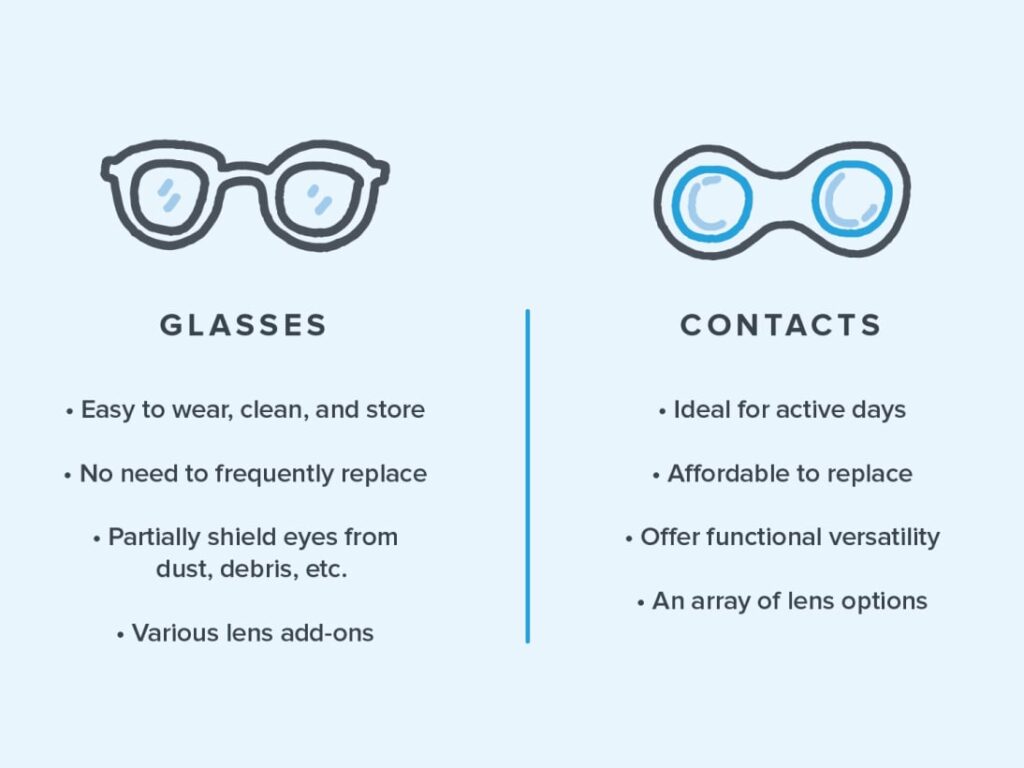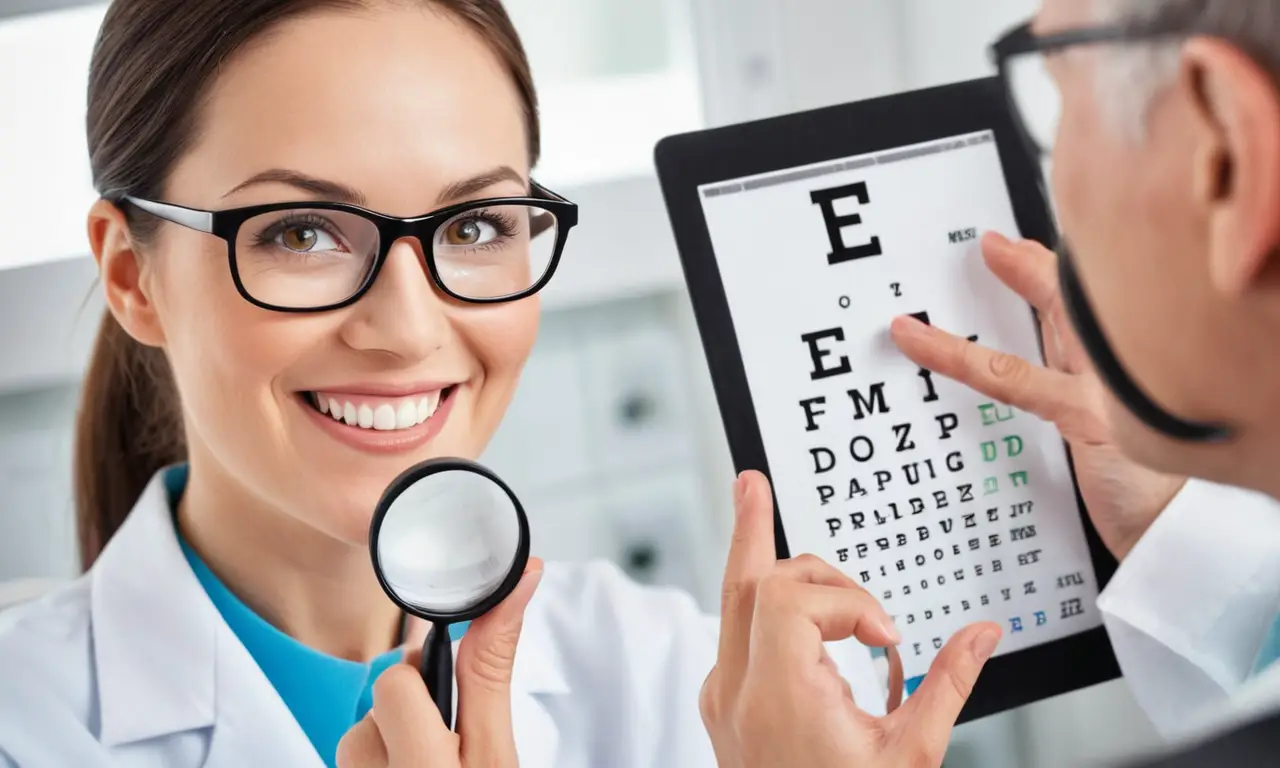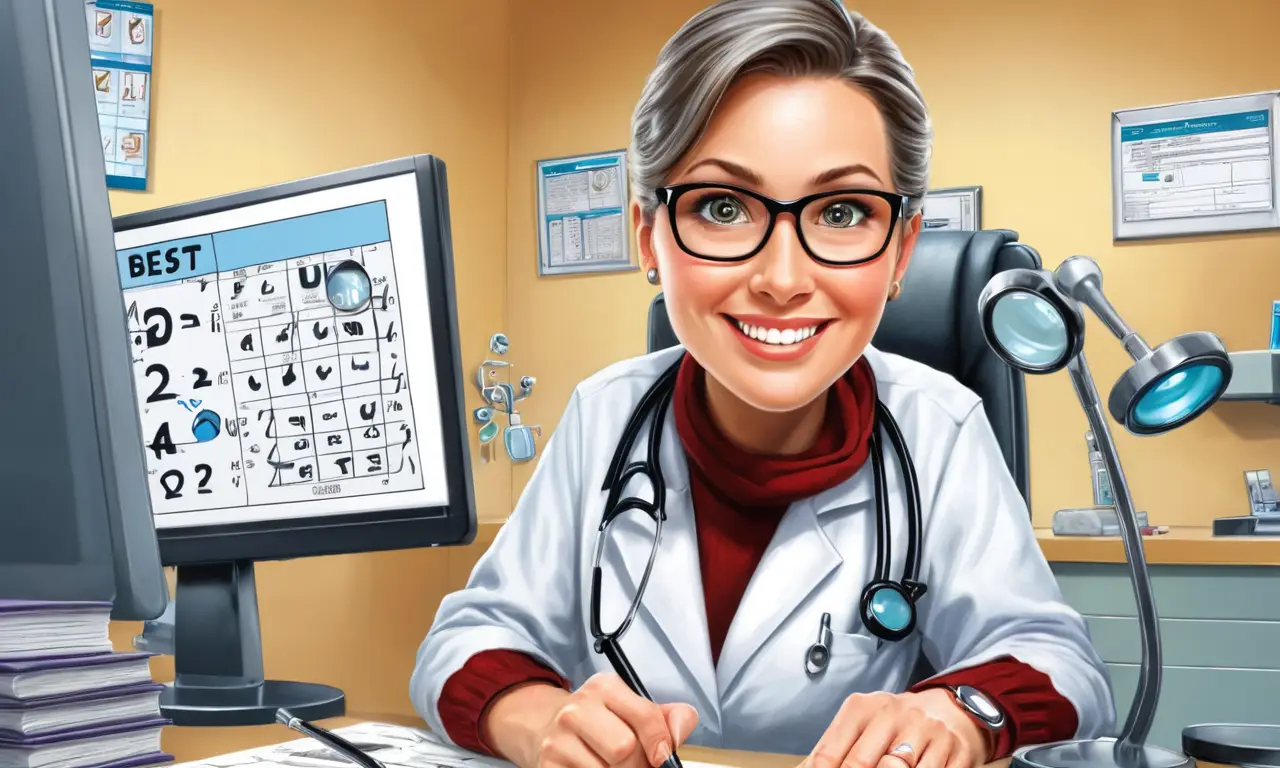
Many people wonder if they need to wear glasses before getting contacts. The truth is, your vision correction needs will determine whether you require glasses or contacts. Both options can effectively address common vision problems like nearsightedness, farsightedness, and astigmatism. This article will delve into the factors influencing your decision, guiding you through the process of understanding your vision and choosing the best option for you.
This comprehensive guide will explore the relationship between glasses and contacts, outlining the necessary steps to determine if you need glasses before getting contacts. We’ll discuss common vision correction needs, the importance of a thorough eye exam, prescription requirements, and the factors to consider when choosing between glasses and contacts.
Do I Need Glasses Before Contacts?
The answer isn’t always straightforward. While some individuals may already wear glasses and transition seamlessly to contacts, others might find themselves needing both. Your existing vision correction needs play a crucial role in this decision. If you currently rely on glasses for clear vision, it’s highly likely that you’ll also require contact lenses.
However, remember that even if you don’t wear glasses regularly, you could still benefit from contacts. Many people with mild vision impairments choose to wear contacts occasionally for activities like sports or swimming, where glasses might be inconvenient. Ultimately, the best way to determine your needs is through a comprehensive eye exam.
Vision Correction Needs

Understanding your specific vision correction needs is essential when deciding between glasses and contacts.
Nearsightedness (Myopia): Difficulty seeing distant objects clearly. This common condition causes blurry vision for things far away, while close-up vision remains sharp.
Farsightedness (Hyperopia): Difficulty seeing near objects clearly. Individuals with hyperopia experience blurred vision for things up close, while distant vision may be relatively clear.
- Astigmatism: An irregular curvature of the cornea or lens, leading to blurry vision at all distances. Astigmatism causes light to focus unevenly on the retina, resulting in distorted and unclear images.
Eye Exam for Contact Lenses
A thorough eye exam by an optometrist or ophthalmologist is crucial before getting contact lenses. This comprehensive evaluation assesses your overall eye health and determines if you’re a suitable candidate for contacts.
What to Expect During an Eye Exam:
- Visual Acuity Test: Measures your ability to see clearly at various distances.
- Refraction Test: Determines your prescription by measuring the amount of light bending needed to focus images on your retina.
- Slit-Lamp Examination: Uses a microscope to examine the front part of your eye, including the cornea, iris, and lens.
- Tonometry: Measures the pressure inside your eye (intraocular pressure) to check for glaucoma.
Prescription Requirements

Your eye exam results will determine your contact lens prescription. This prescription specifies the type of lenses you need based on your vision correction needs, as well as other factors like your eye shape and corneal curvature.
Key Components of a Contact Lens Prescription:
- Sphere (SPH): Corrects nearsightedness or farsightedness.
- Cylinder (CYL): Corrects astigmatism.
- Axis: Indicates the orientation of the cylinder correction.
- Base Curve (BC): The curvature of the contact lens that fits against your cornea.
- Diameter (DIA): The overall width of the contact lens.
Choosing Between Glasses and Contacts
Ultimately, the decision between glasses and contacts is a personal one based on individual preferences, lifestyle, and vision needs.
Factors to Consider:
- Convenience: Contacts offer greater freedom of movement and unobstructed peripheral vision.
- Aesthetics: Some individuals prefer the appearance of contacts over glasses.
- Activities: Contacts are often preferred for sports or activities involving water.
- Cost: Both glasses and contacts can vary in price depending on factors like brand, material, and prescription complexity.
Conclusion
Determining whether you need glasses before getting contacts involves understanding your vision correction needs, undergoing a comprehensive eye exam, and considering your individual preferences and lifestyle. Remember that both glasses and contacts are effective options for improving vision, and the best choice for you will depend on your unique circumstances. Consult with an optometrist or ophthalmologist to discuss your specific situation and receive personalized guidance.
